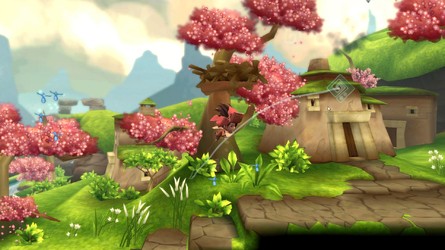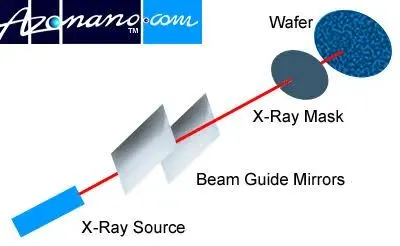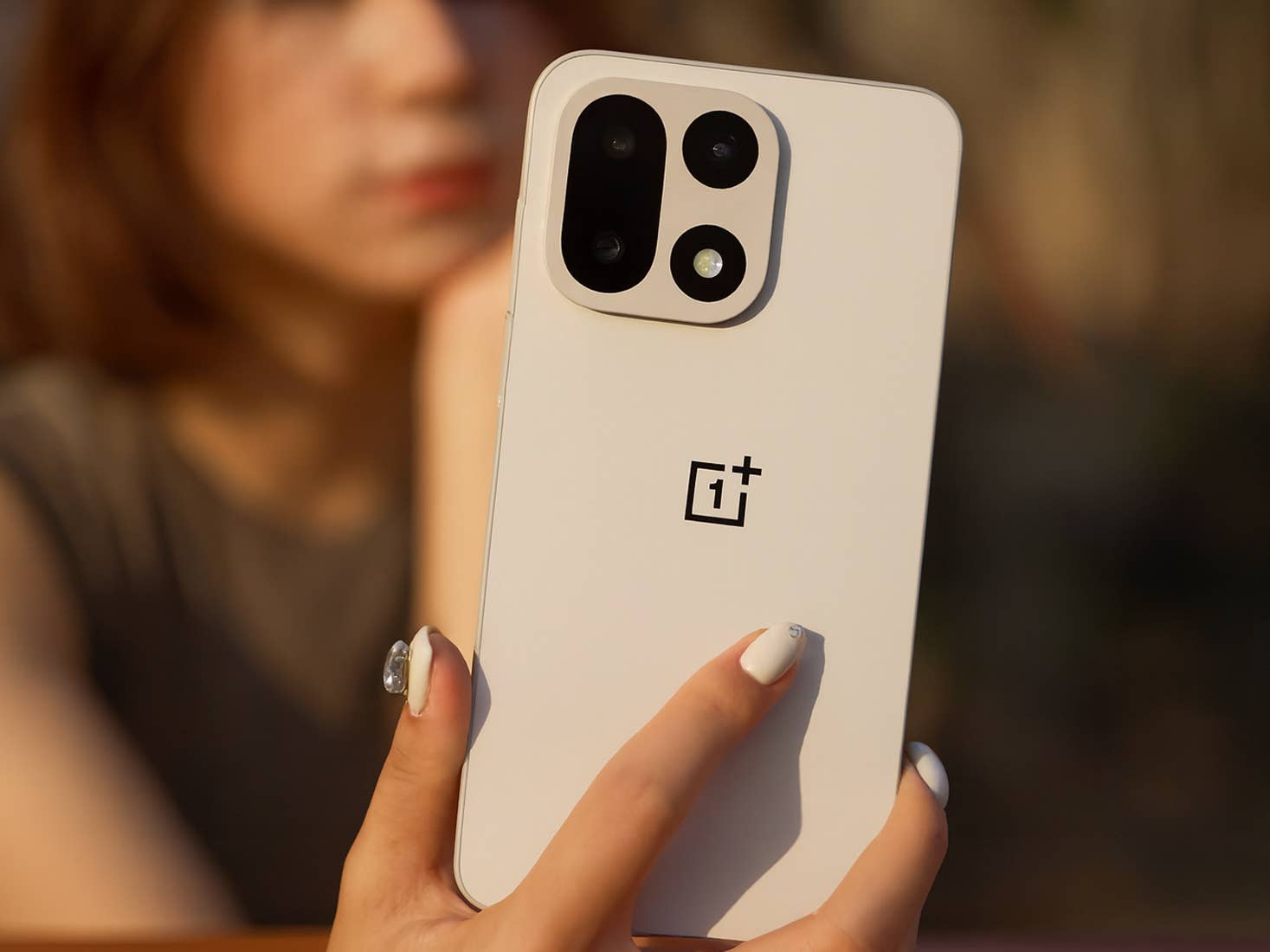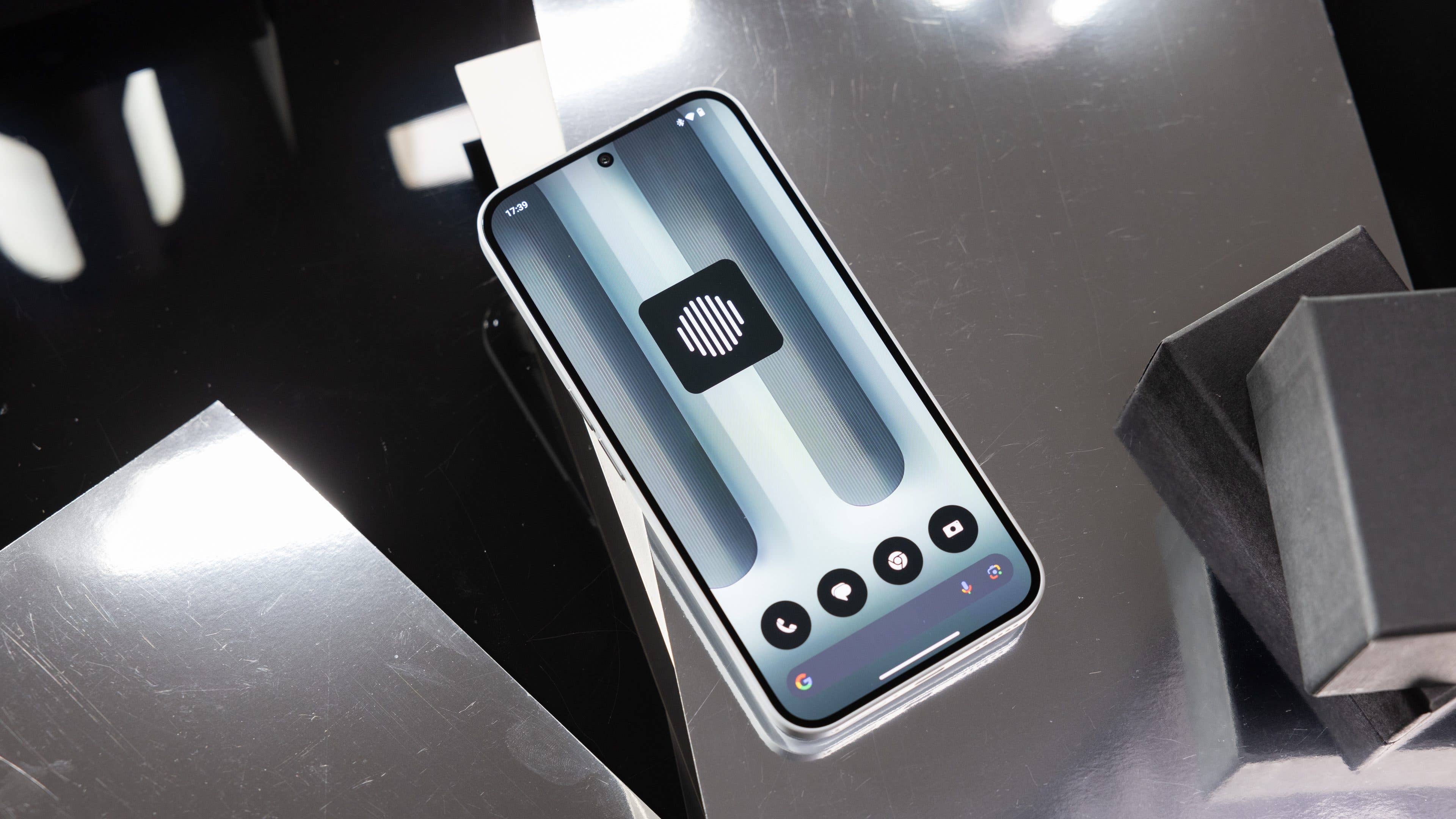
But perhaps we’re getting ahead of ourselves here, after all, not everybody would have played this curious Zelda-like-meets-Metroidvania all those years ago. LostWinds sees you playing as Toku, a young boy who comes into contact with an elemental wind spirit, Enril, before embarking on a journey to take down an evil force known as Balasar. So far, so Zelda, right? But where this game really (wind)chimed with its WiWare audience was through its innovative control scheme that had you moving Toku with the Nunchuck, and using the Remote to control the wind. Yes, you play as the wind.
With a swish of the Wii-Mote, you are able to send a gust of air shooting across the screen, lifting Toku up into the sky, or pushing any nearby enemies off into pits below. It’s a relatively simple concept, but one that once you get the hang of it (having spent several minutes throwing the poor child into the floor with a rogue downdraft) leads to some very fun weather-based platforming.
Making your way across difficult jumps introduces you to unique unlockable abilities (Splistream, Vortex, Jumbrella Cape) all of which help you get to an area that had previously been just out of reach. Metroidvanias are two-a-penny on the Switch eShop these days, but seeing this structure take full advantage of the Wii’s motion controls was a stroke of genius upon launch.
Unfortunately, very much unlike many of the Metroidvanias that we see today, LostWinds was a very short game, only taking a breezy three hours to complete. The puzzles were engaging and the pleasant soundtrack and visuals had you wanting to stay in the land of Mistralis for longer, but this was more of a freak gust than a long-lasting storm as far as its length was concerned.
Guiding Toku with the precise movement of the Remote created an experience that you would imagine to be made for touch controls. The game was released on iOS in 2011 but, plagued by game-crashing bugs from the get-go, it was later removed from the App Store. The subsequent closure of the Wii Shopping Channel now means that the only way to play the game is via Steam, where it can currently be purchased for the reasonable price of £6.99 — seems fair considering its size.
Frontier Developments made a sequel, LostWinds: Winter of the Melodias in 2009 and in 2013 we heard rumblings of a third game as the developer said it was still very interested in the series but, ultimately, no more was to ever come.
What we are left with is a tight Metroidvania WiiWare launch title with Zelda influences sprinkled throughout and a creative control scheme that would benefit from touchscreen support — it’s positively calling out to be brought to the Switch, right? Yes, there are a number of factors that are stacked against this little wish coming true (porting is expensive and the iOS removal in 2011 might just demonstrate that implementing touch controls is no walk in the park), but the game appears to be a dream Switch port through and through — to our money, at least.
Did LostWinds have its flaws? Sure it did, but it was a prime example of building a game around its home console’s quirks. Even if we never do see a Switch port, it’s a lesson that a whole lot of other games would do well to learn from.
But perhaps we’re getting ahead of ourselves here, after all, not everybody would have played this curious Zelda-like-meets-Metroidvania all those years ago. LostWinds sees you playing as Toku, a young boy who comes into contact with an elemental wind spirit, Enril, before embarking on a journey to take down an evil force known as Balasar. So far, so Zelda, right? But where this game really (wind)chimed with its WiWare audience was through its innovative control scheme that had you moving Toku with the Nunchuck, and using the Remote to control the wind. Yes, you play as the wind.
With a swish of the Wii-Mote, you are able to send a gust of air shooting across the screen, lifting Toku up into the sky, or pushing any nearby enemies off into pits below. It’s a relatively simple concept, but one that once you get the hang of it (having spent several minutes throwing the poor child into the floor with a rogue downdraft) leads to some very fun weather-based platforming.
Making your way across difficult jumps introduces you to unique unlockable abilities (Splistream, Vortex, Jumbrella Cape) all of which help you get to an area that had previously been just out of reach. Metroidvanias are two-a-penny on the Switch eShop these days, but seeing this structure take full advantage of the Wii’s motion controls was a stroke of genius upon launch.
Unfortunately, very much unlike many of the Metroidvanias that we see today, LostWinds was a very short game, only taking a breezy three hours to complete. The puzzles were engaging and the pleasant soundtrack and visuals had you wanting to stay in the land of Mistralis for longer, but this was more of a freak gust than a long-lasting storm as far as its length was concerned.
Guiding Toku with the precise movement of the Remote created an experience that you would imagine to be made for touch controls. The game was released on iOS in 2011 but, plagued by game-crashing bugs from the get-go, it was later removed from the App Store. The subsequent closure of the Wii Shopping Channel now means that the only way to play the game is via Steam, where it can currently be purchased for the reasonable price of £6.99 — seems fair considering its size.


Frontier Developments made a sequel, LostWinds: Winter of the Melodias in 2009 and in 2013 we heard rumblings of a third game as the developer said it was still very interested in the series but, ultimately, no more was to ever come.
What we are left with is a tight Metroidvania WiiWare launch title with Zelda influences sprinkled throughout and a creative control scheme that would benefit from touchscreen support — it’s positively calling out to be brought to the Switch, right? Yes, there are a number of factors that are stacked against this little wish coming true (porting is expensive and the iOS removal in 2011 might just demonstrate that implementing touch controls is no walk in the park), but the game appears to be a dream Switch port through and through — to our money, at least.
Did LostWinds have its flaws? Sure it did, but it was a prime example of building a game around its home console’s quirks. Even if we never do see a Switch port, it’s a lesson that a whole lot of other games would do well to learn from.
Did you ever play this WiiWare gem? Let us know in the comments.
- See Also
- Related Games















